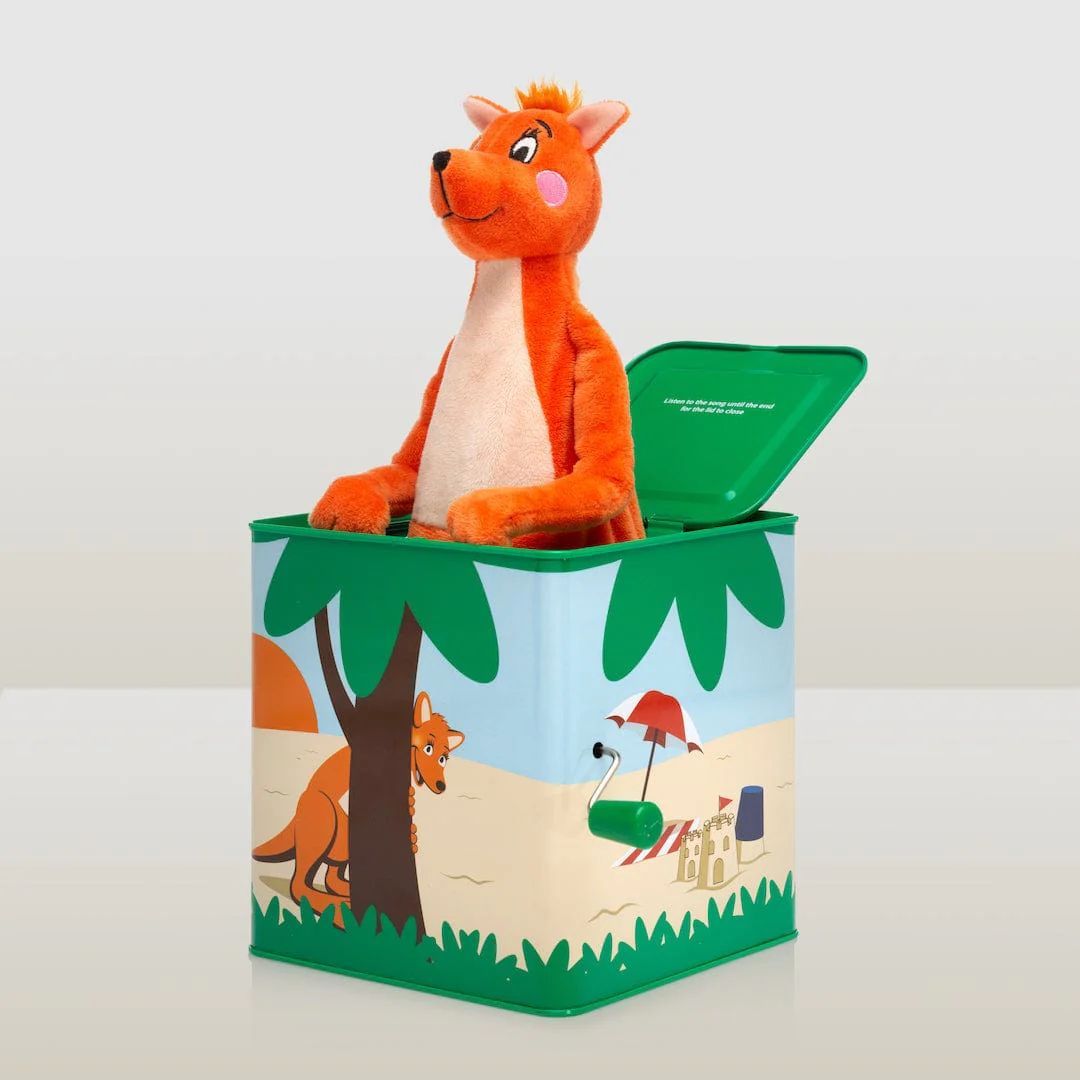Helping Babies Grip: Simple Tips for Parents

Helping Your Baby Hold Onto Things: Tips for Developing Grip and Coordination
One of the exciting milestones in a baby’s development is when they start holding onto things. Whether it’s a favorite toy, a soft blanket, or your finger, grasping is a key skill that helps build muscle strength and coordination. But what if your little one seems to struggle with holding onto objects? Don’t worry—there are plenty of simple strategies you can use to help them develop this important ability.
Start by Helping Them
When your baby is very young, they might not yet have the coordination or strength to hold onto objects on their own. In these early stages, it’s helpful to gently guide them. Use your hand to help their hand grasp a toy, allowing them to feel the object and understand the motion involved in holding on. This hands-on assistance provides them with the support they need to start developing their grip.
Choose the Right Toys
Selecting toys that are easy for your baby to hold can make a big difference. Look for toys that are designed with small hands in mind—those with soft textures, lightweight materials, and easy-to-grasp shapes are ideal. Mizzie The Kangaroo offers a range of toys that are perfect for this stage, designed to be engaging and easy for little hands to manage.
Experiment with Different Positions
Some babies find it easier to hold onto objects when they are in certain positions. For instance, sitting up might allow them to better control their hand movements, while others may have an easier time grasping when lying down. Try different positions to see what works best for your baby. You might notice that they prefer one over the other, which can guide you in creating more opportunities for them to practice holding on.
Stimulate Their Senses
To help your baby become more aware of their hands and what they should be doing, you can try some gentle sensory activities. Tickling their hands, rubbing them, or even clapping their hands together can increase their awareness and coordination. These activities stimulate the nerves in their hands, helping them develop a better sense of touch and movement.
Learning to hold onto objects is a big step in your baby’s development, and it’s one that can be encouraged with a little guidance and the right tools. By assisting them, providing easy-to-hold toys, experimenting with different positions, and engaging in sensory activities, you’ll help your baby strengthen their grip and improve their coordination. Remember, every baby develops at their own pace, so be patient and enjoy watching your little one grow and explore the world around them.
Transcript
So what can parents do when the children aren't holding on to things?
When you're talking about a little baby first of all help them.
Use your hand to help their hand hold on to the toys. And the other tips would be to use a variety of toys that are easy to hold on to and different positions.
Some bubs find it easier to hold on to things if they're sitting up some are better lying down.
Actually tickling their hands or doing a bit of rubbing or clapping even with their hands helps them have a better feeling of where their hands are and what they should be doing.


















Leave a comment